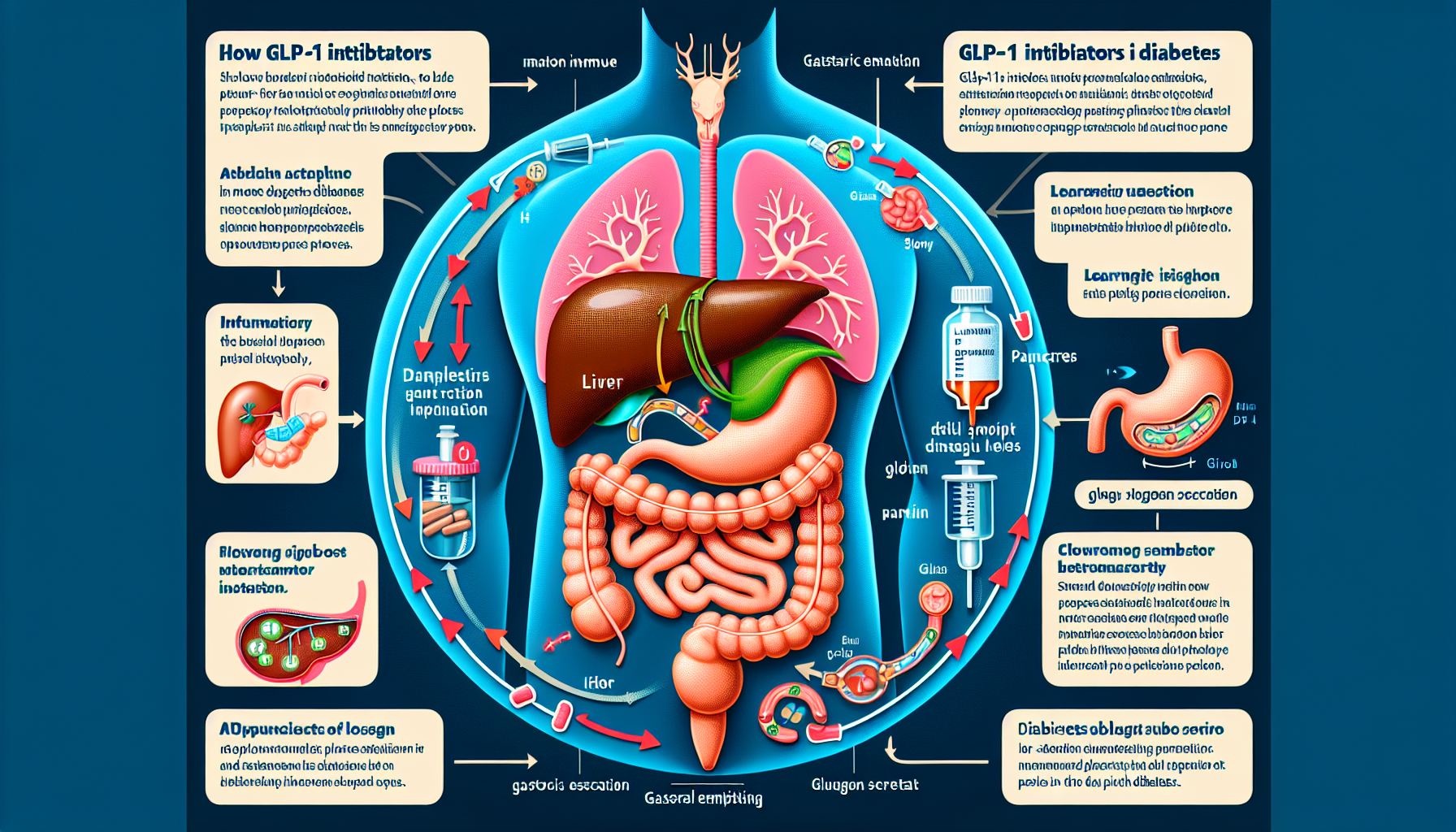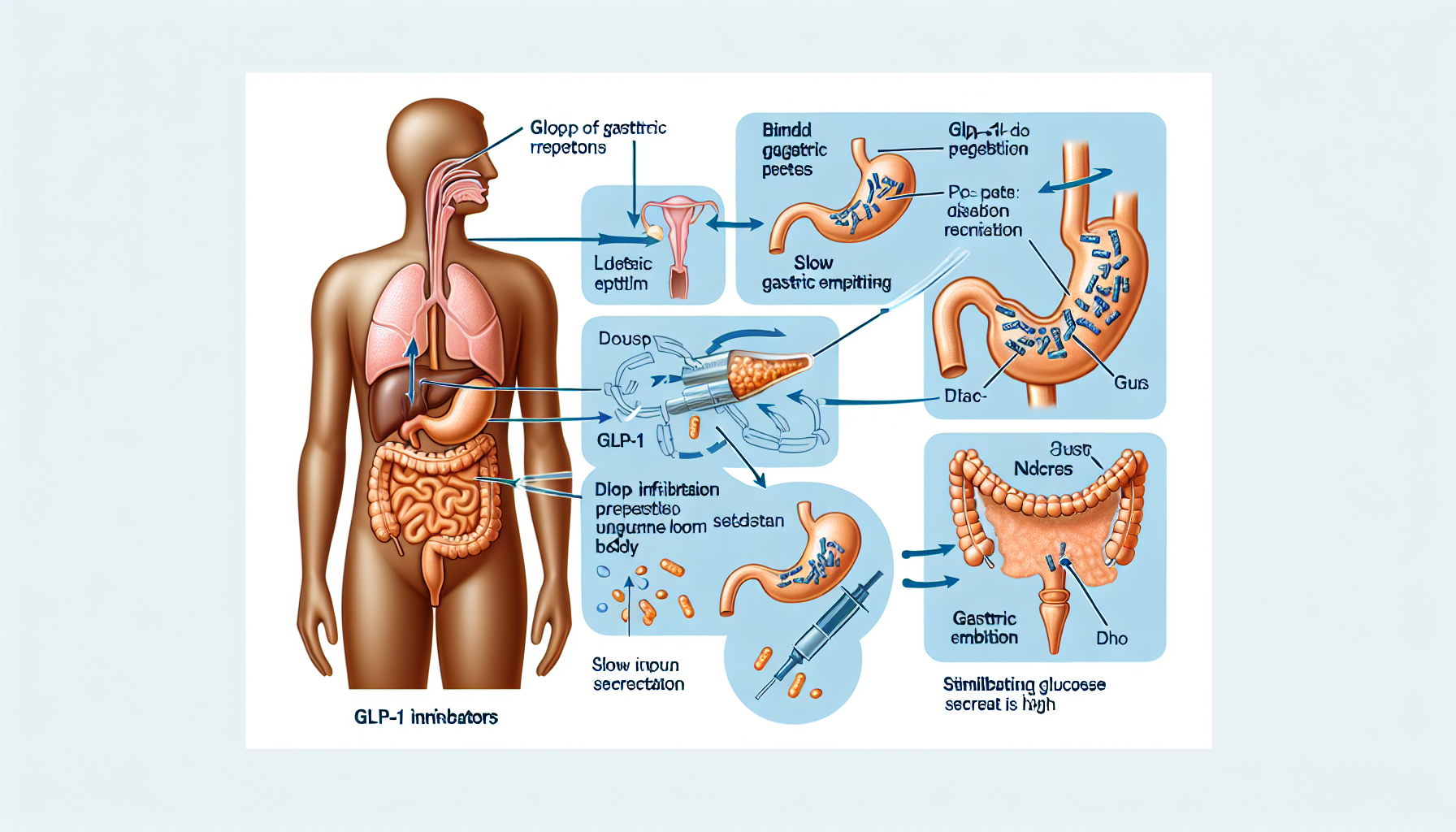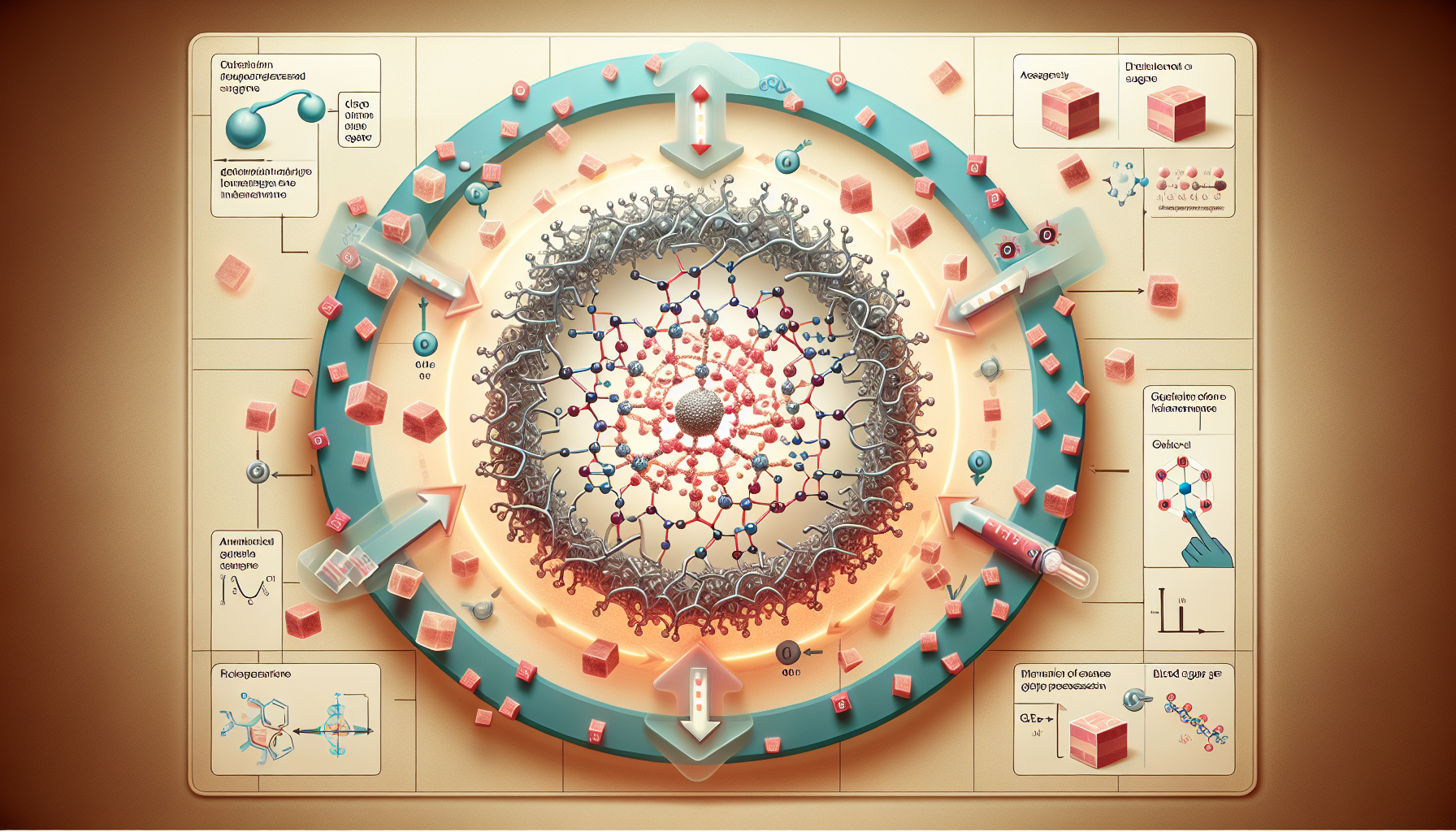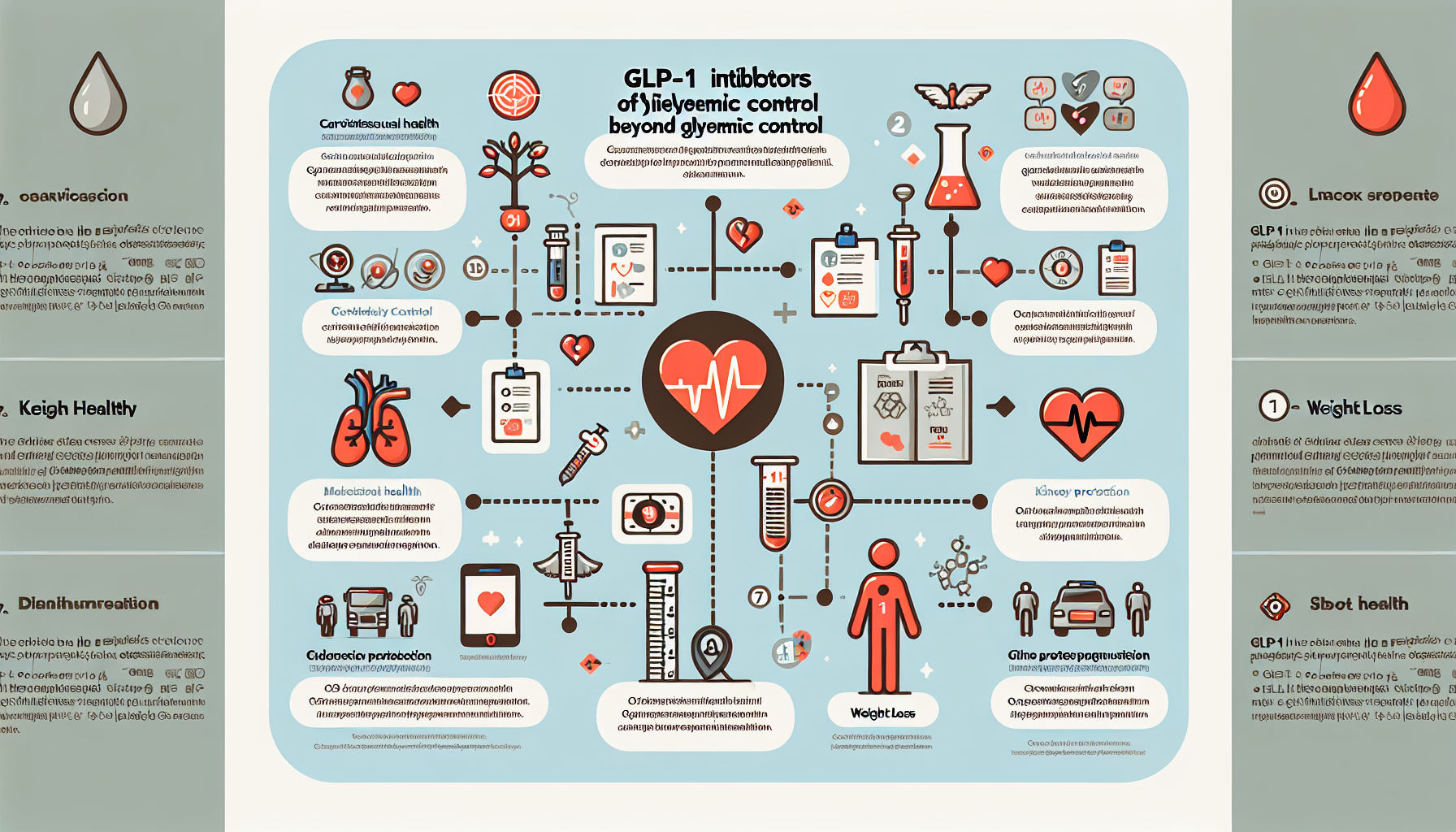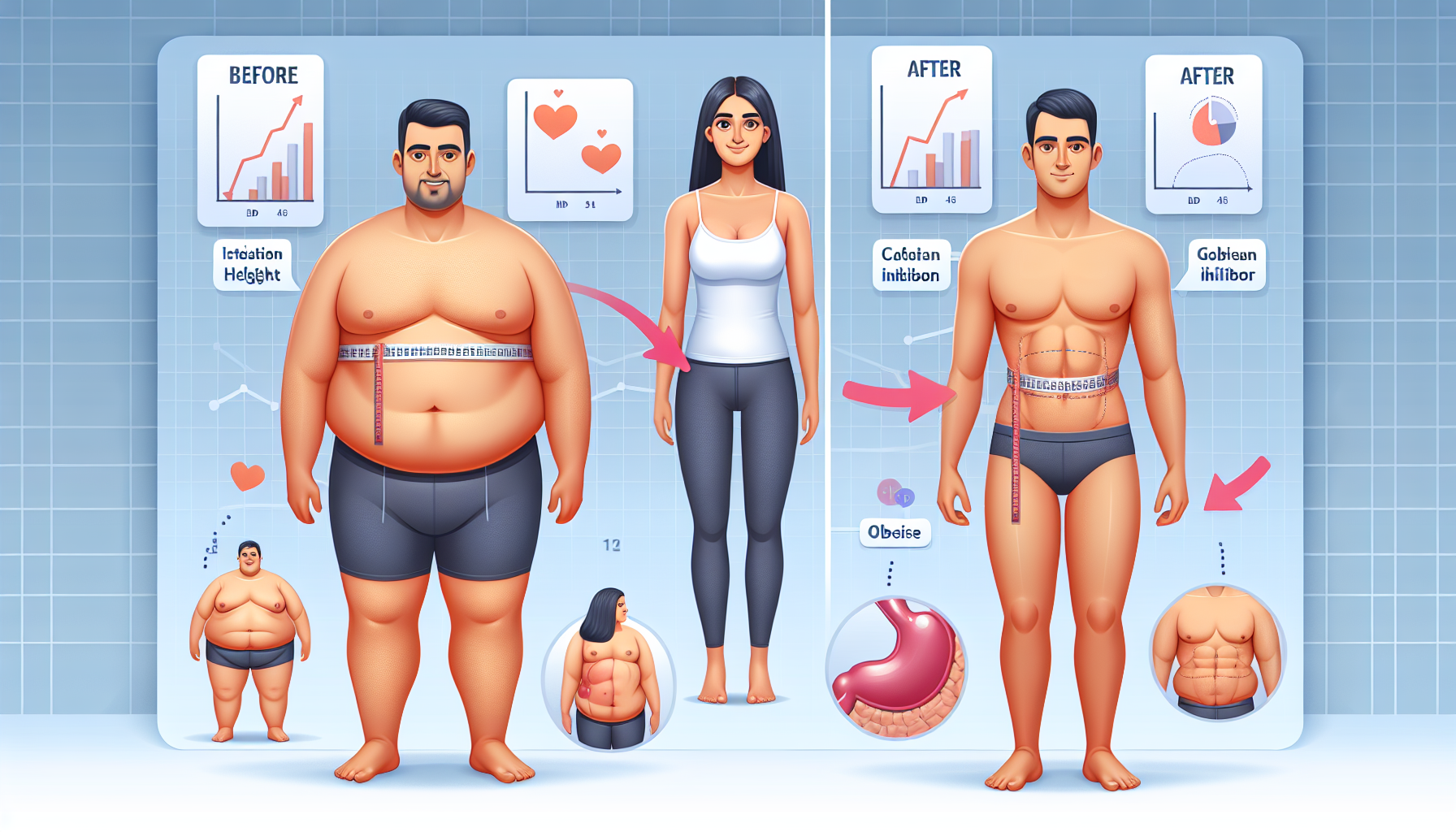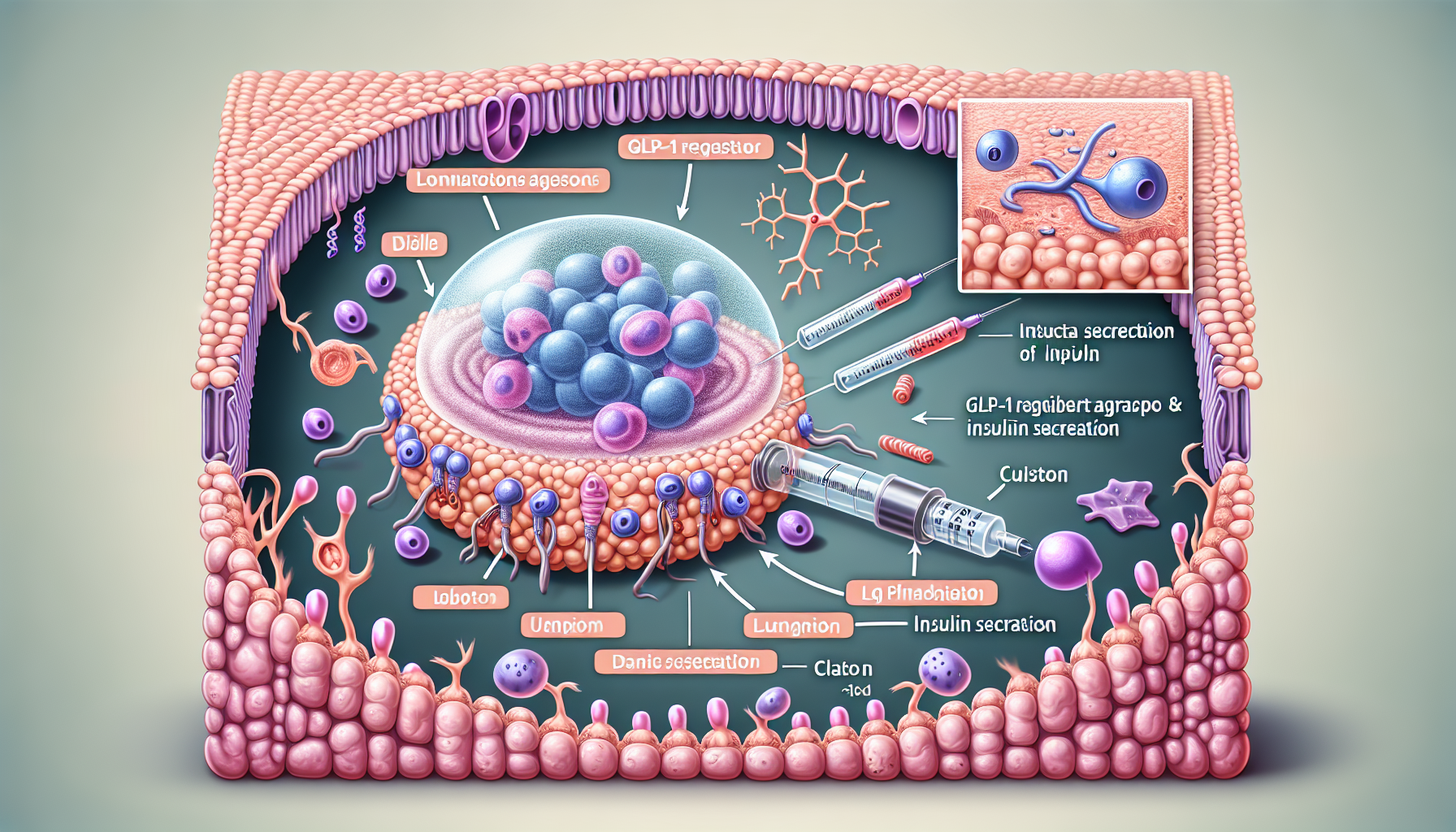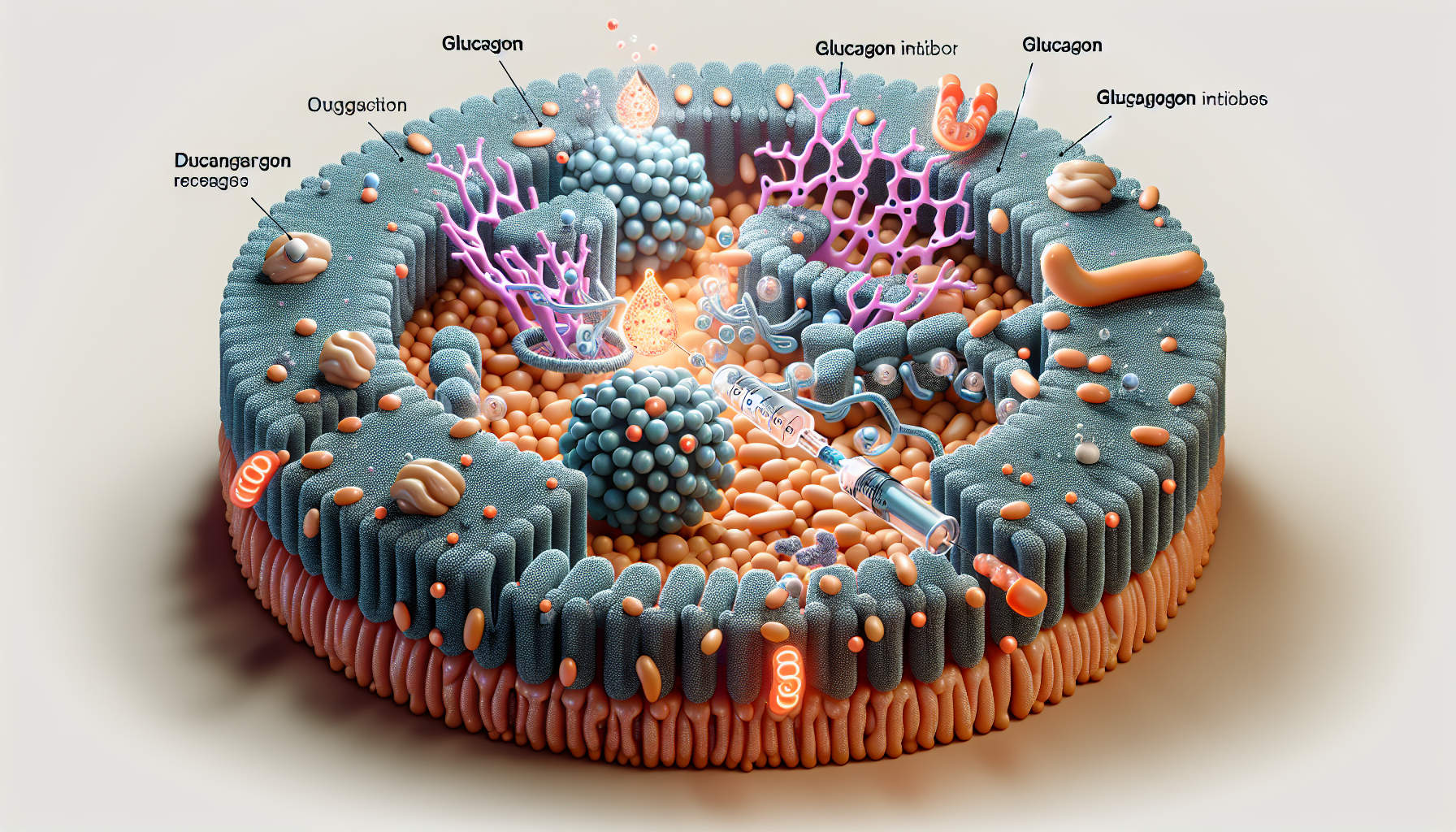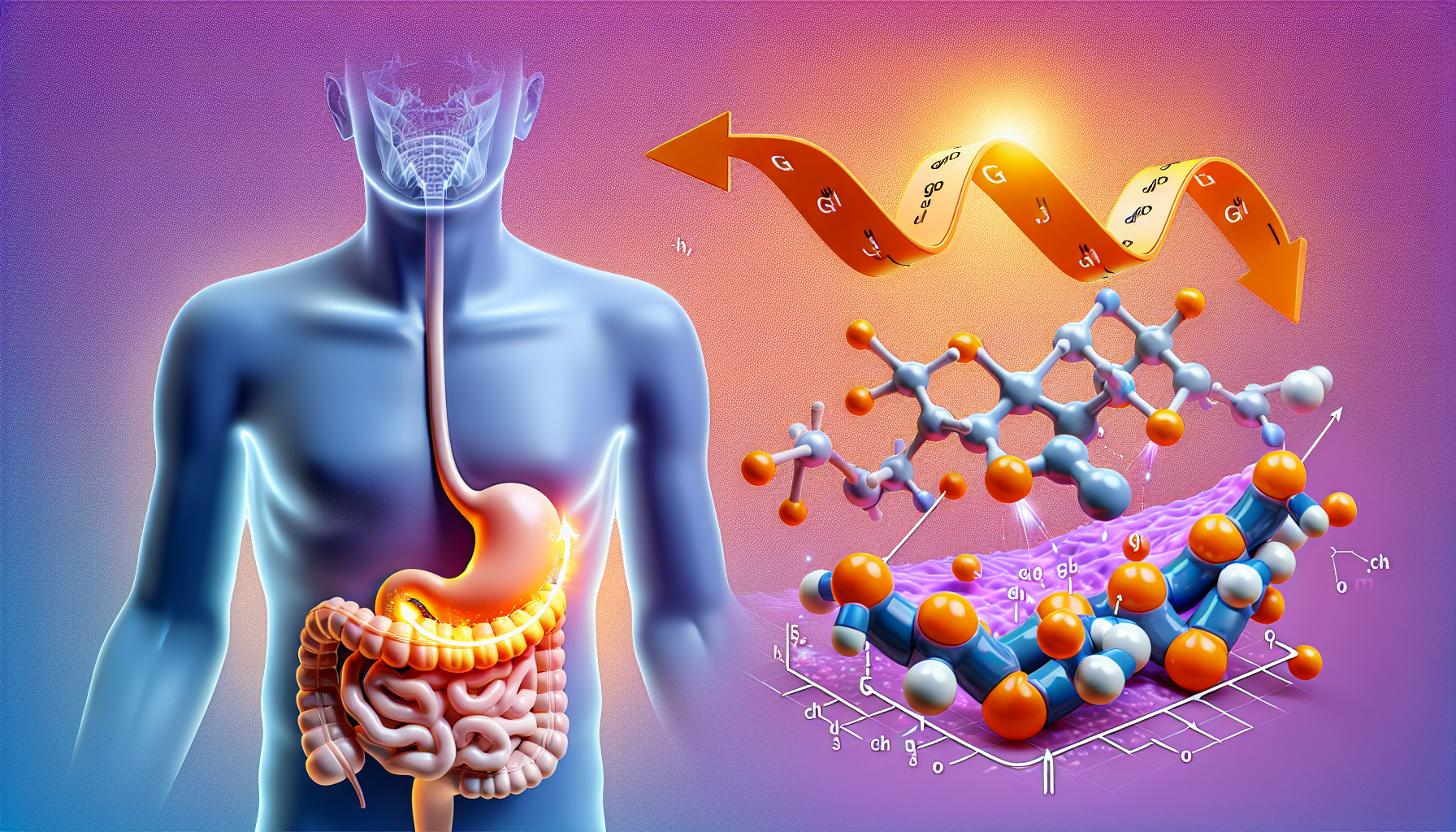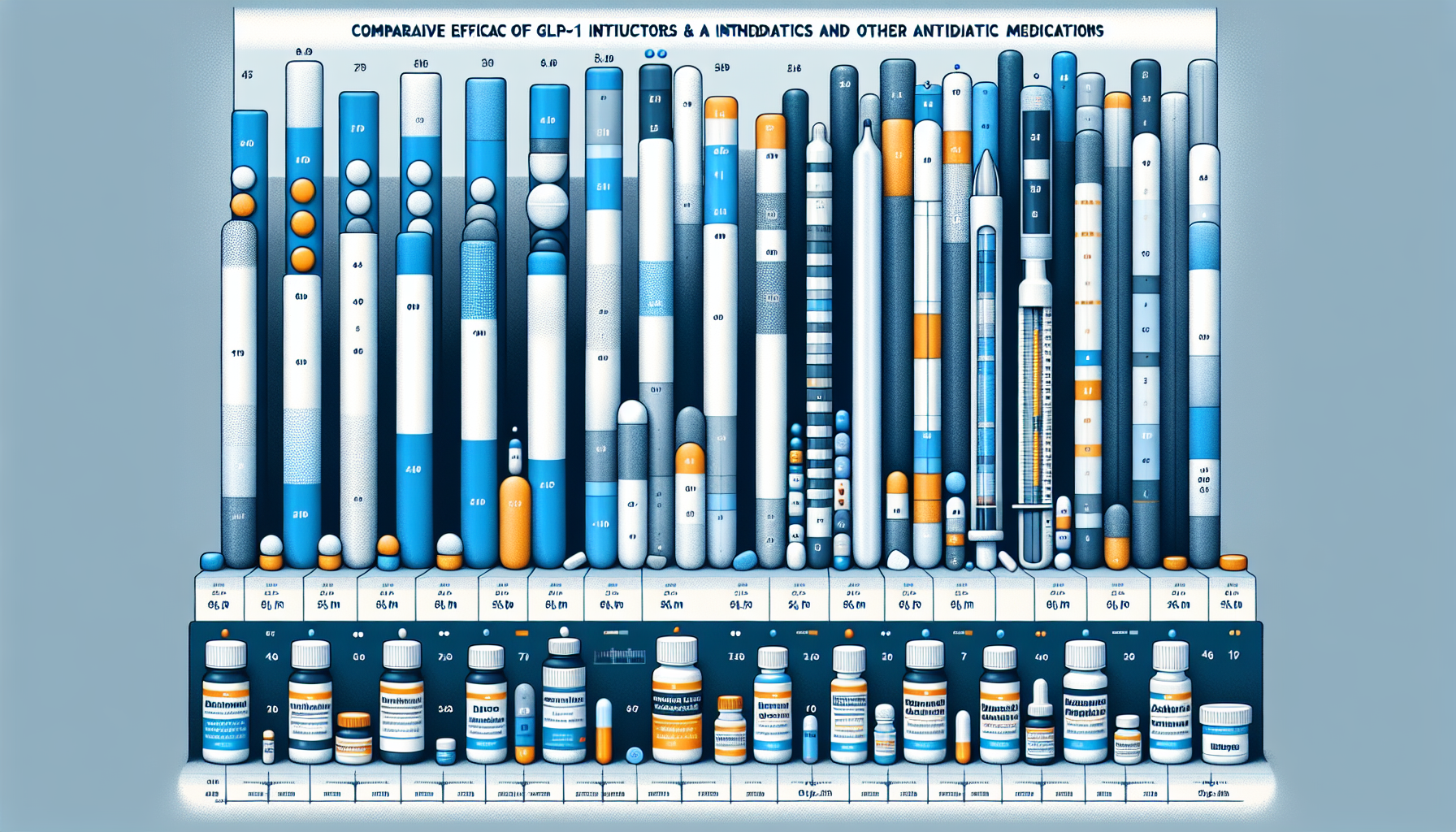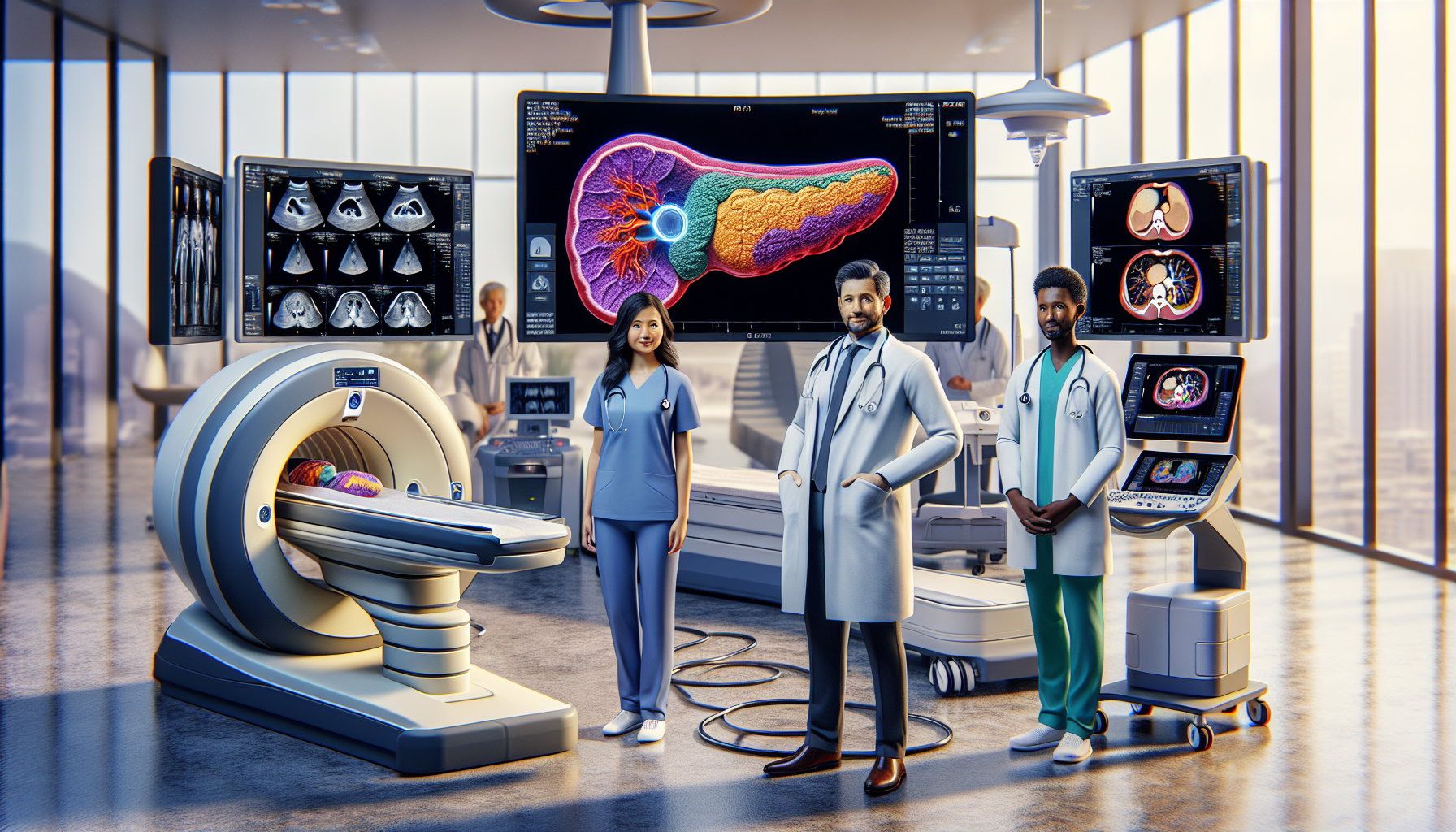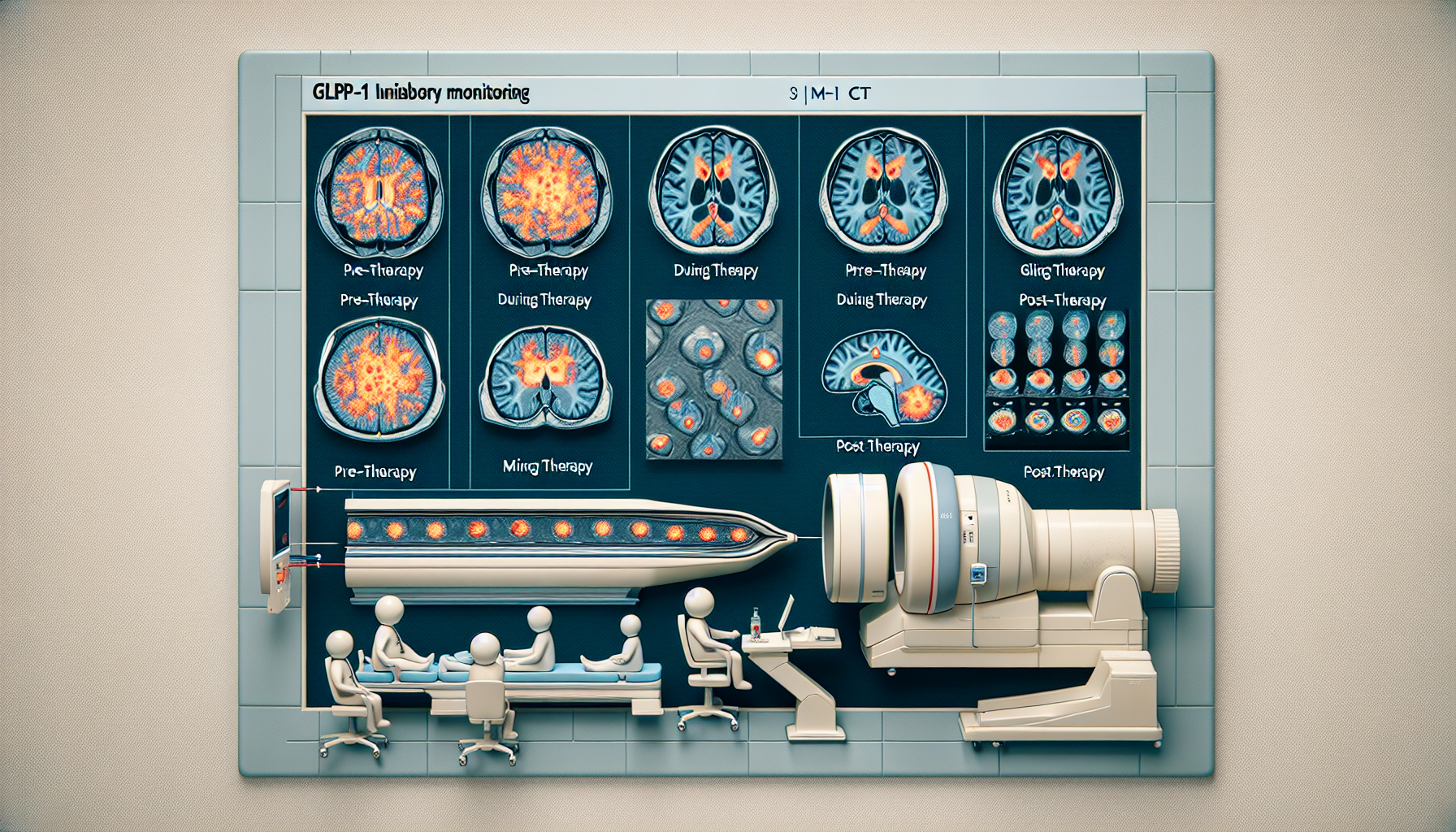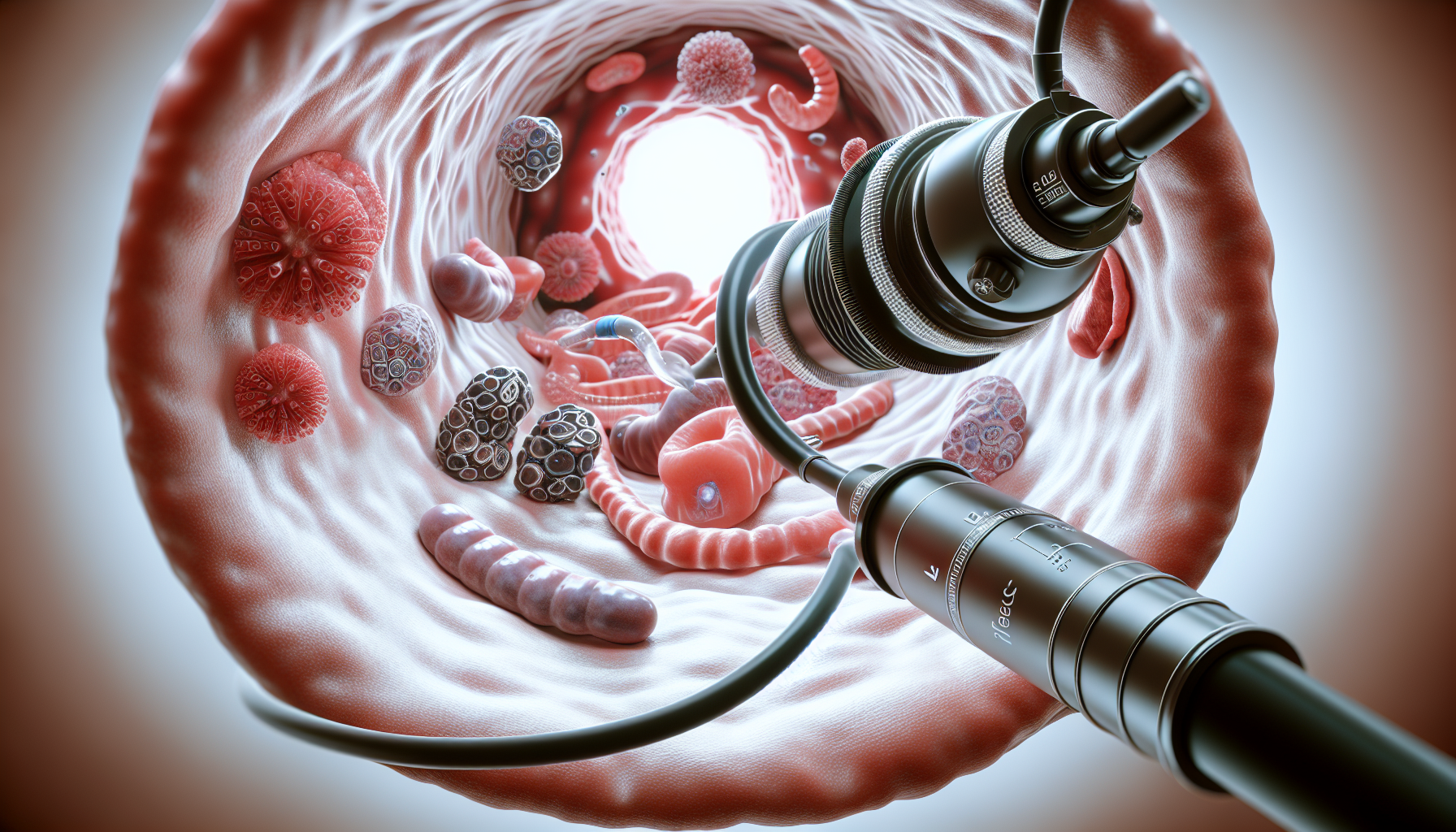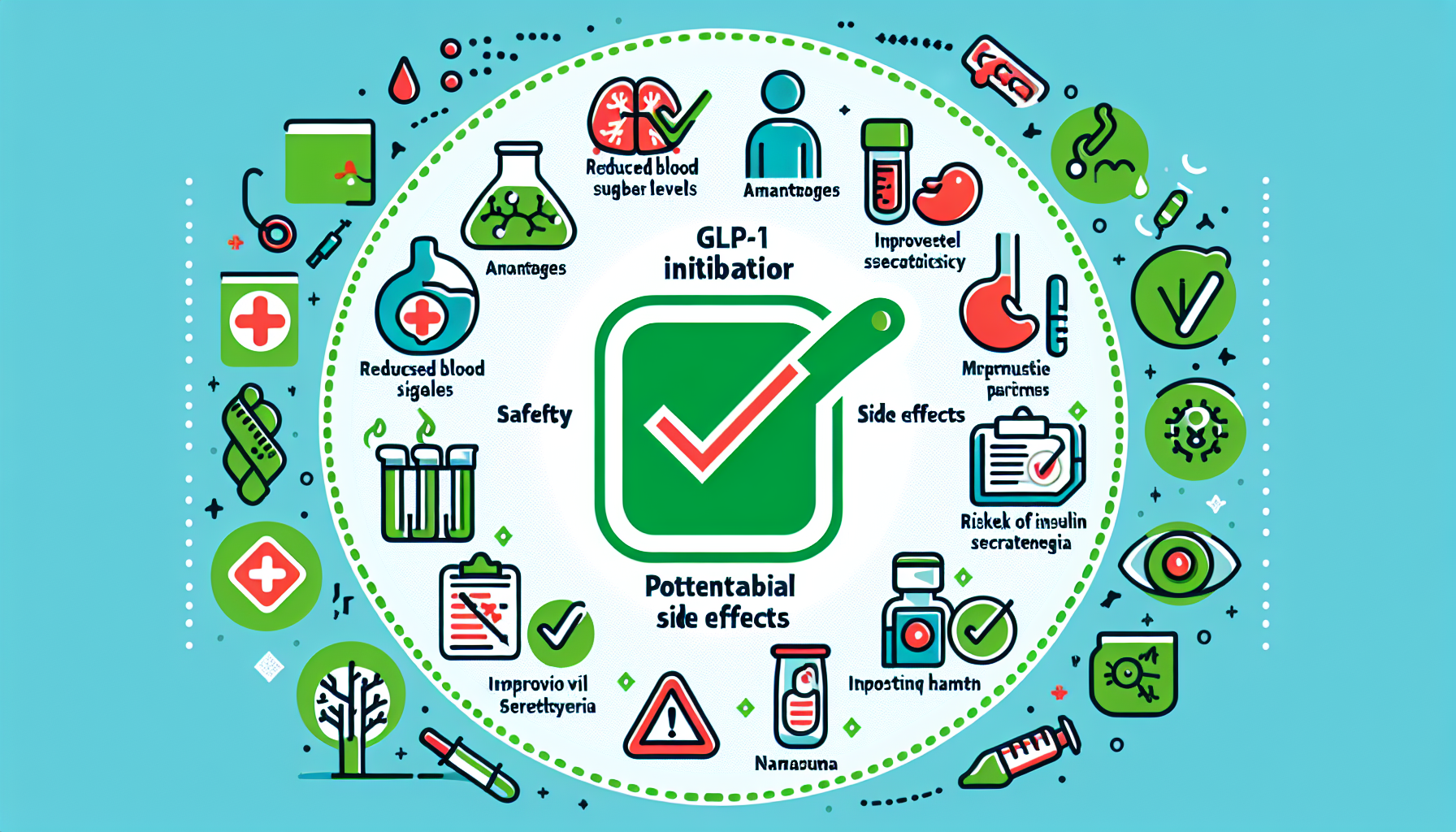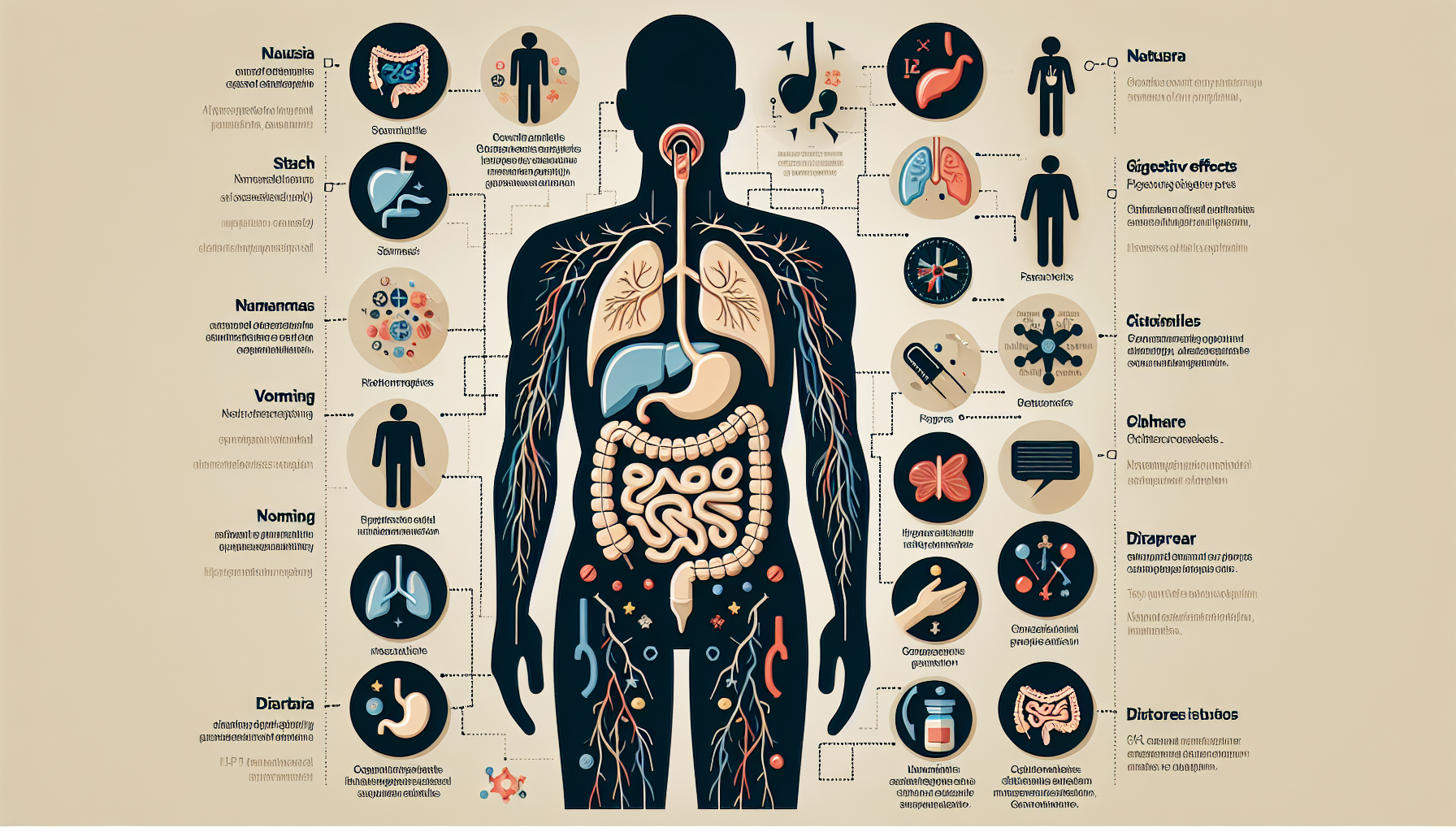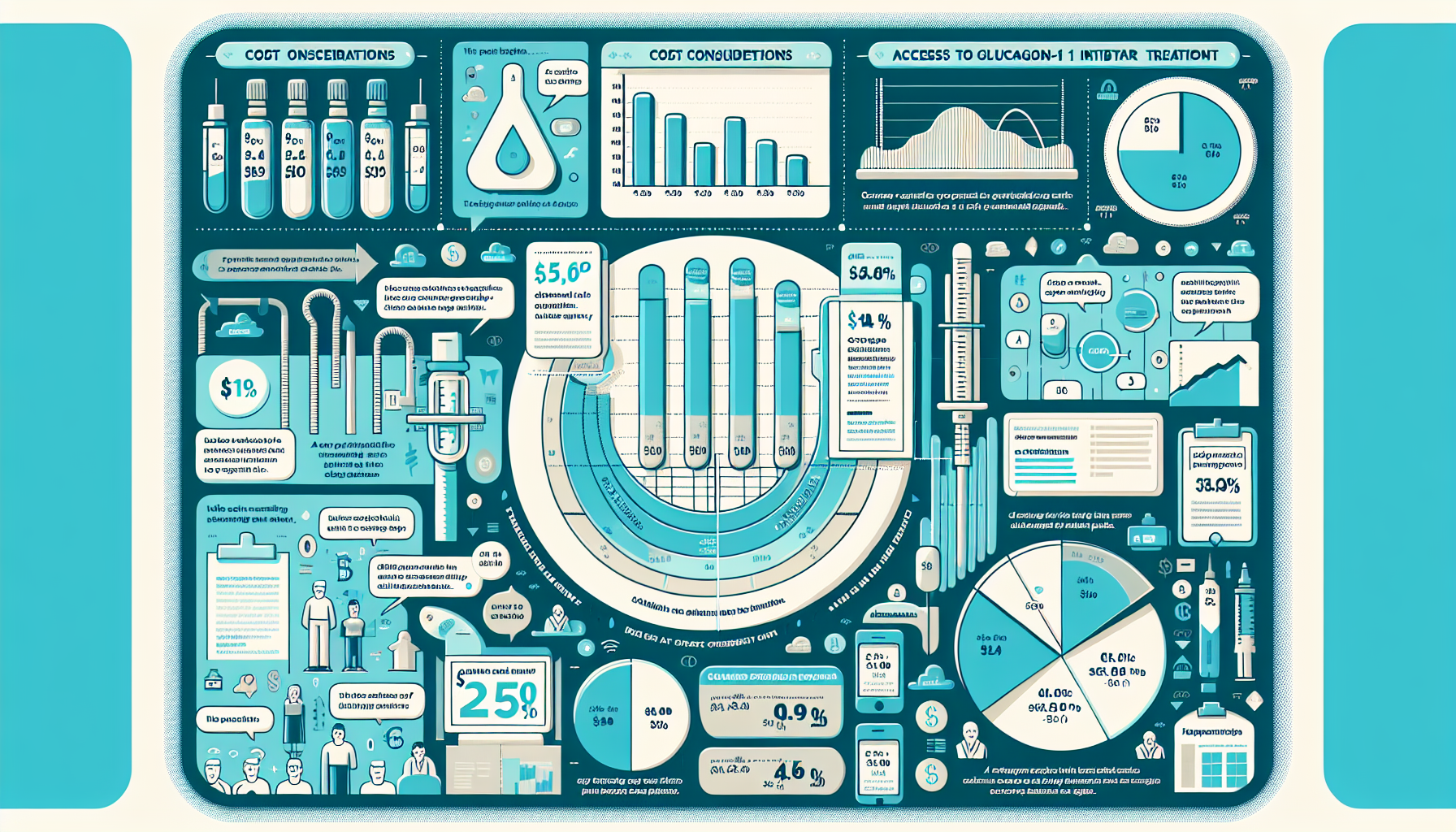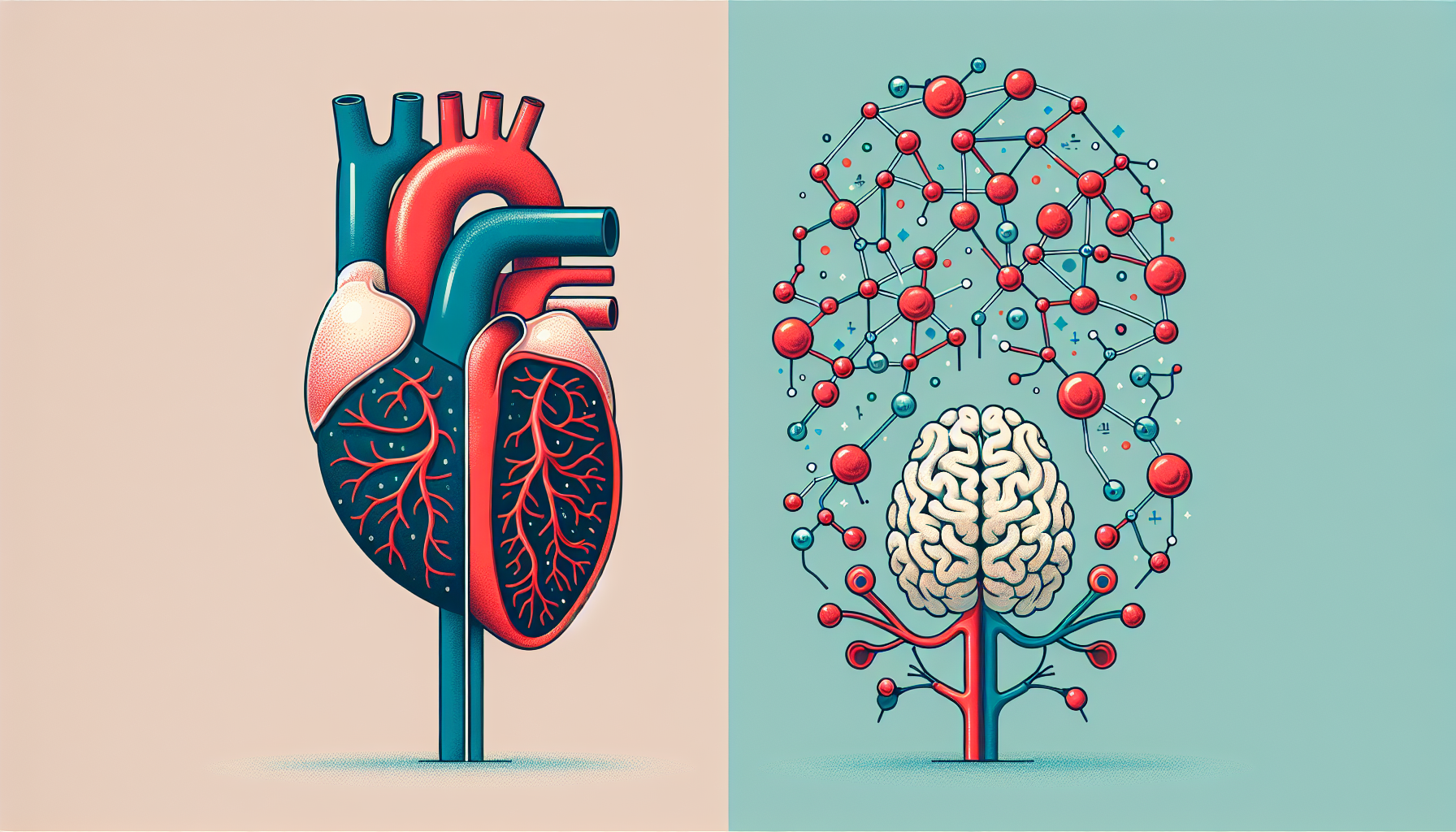Quiz Topic: GLP-1 inhibitors
Question 1 of 20: What is the primary role of GLP-1 inhibitors in diabetes management?
Question 2 of 20: Which of the following best describes the mechanism of action of GLP-1 inhibitors?
Question 3 of 20: How do GLP-1 hormones regulate blood sugar levels?
Question 4 of 20: Apart from glycemic control, what additional benefits are associated with GLP-1 inhibitors?
Question 5 of 20: What effect do GLP-1 inhibitors have on weight and obesity management?
Question 6 of 20: Which of the following best describes the action of GLP-1 receptor agonists on insulin secretion?
Question 7 of 20: How do GLP-1 inhibitors affect glucagon release?
Question 8 of 20: What is the impact of GLP-1 inhibitors on gastric emptying rate?
Question 9 of 20: In comparative efficacy studies, how do GLP-1 inhibitors compare to other antidiabetic medications?
Question 10 of 20: Which imaging modality is commonly used for pancreatic function assessment in GLP-1 inhibitor therapy?
Question 11 of 20: How are MRI and CT scans utilized in monitoring GLP-1 inhibitor therapy?
Question 12 of 20: What role does endoscopic ultrasound play in GLP-1 inhibitor therapy?
Question 13 of 20: What is an important consideration of the safety profile of GLP-1 inhibitors?
Question 14 of 20: Which of the following is a common gastrointestinal adverse effect of GLP-1 inhibitors?
Question 15 of 20: What role does radiology play in diagnosing GLP-1-induced pancreatitis?
Question 16 of 20: How do cost considerations and access impact GLP-1 inhibitor treatments?
Question 17 of 20: Why is a multi-disciplinary approach important for managing GLP-1 inhibitor side effects?
Question 18 of 20: In what area of research are long-acting GLP-1 analogs being developed?
Question 19 of 20: What is a potential benefit of combining GLP-1 inhibitors with other antidiabetic medications?
Question 20 of 20: How are GLP-1 inhibitors being explored in the context of cardiovascular and neurodegenerative conditions?

